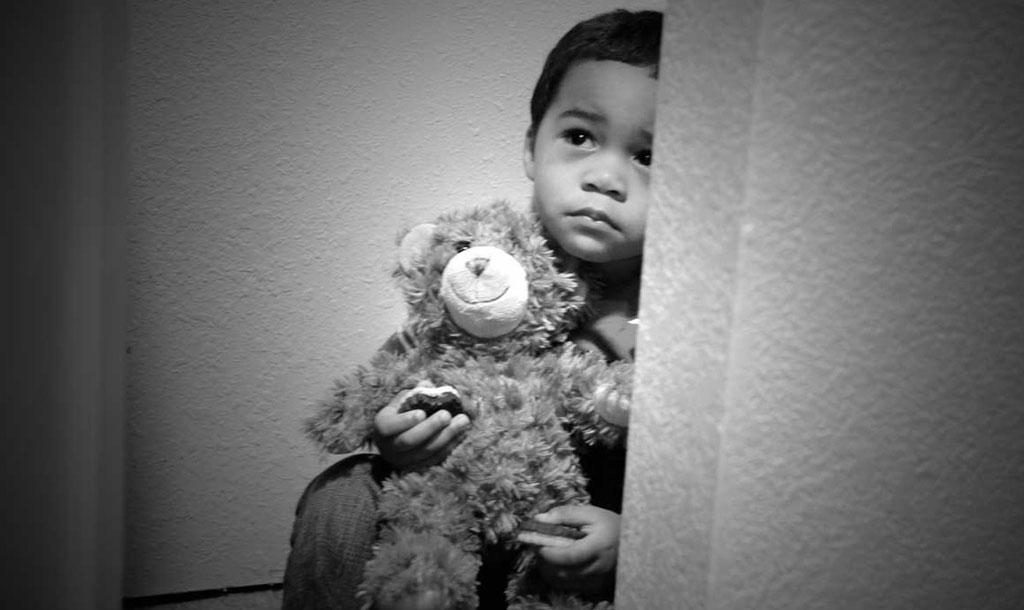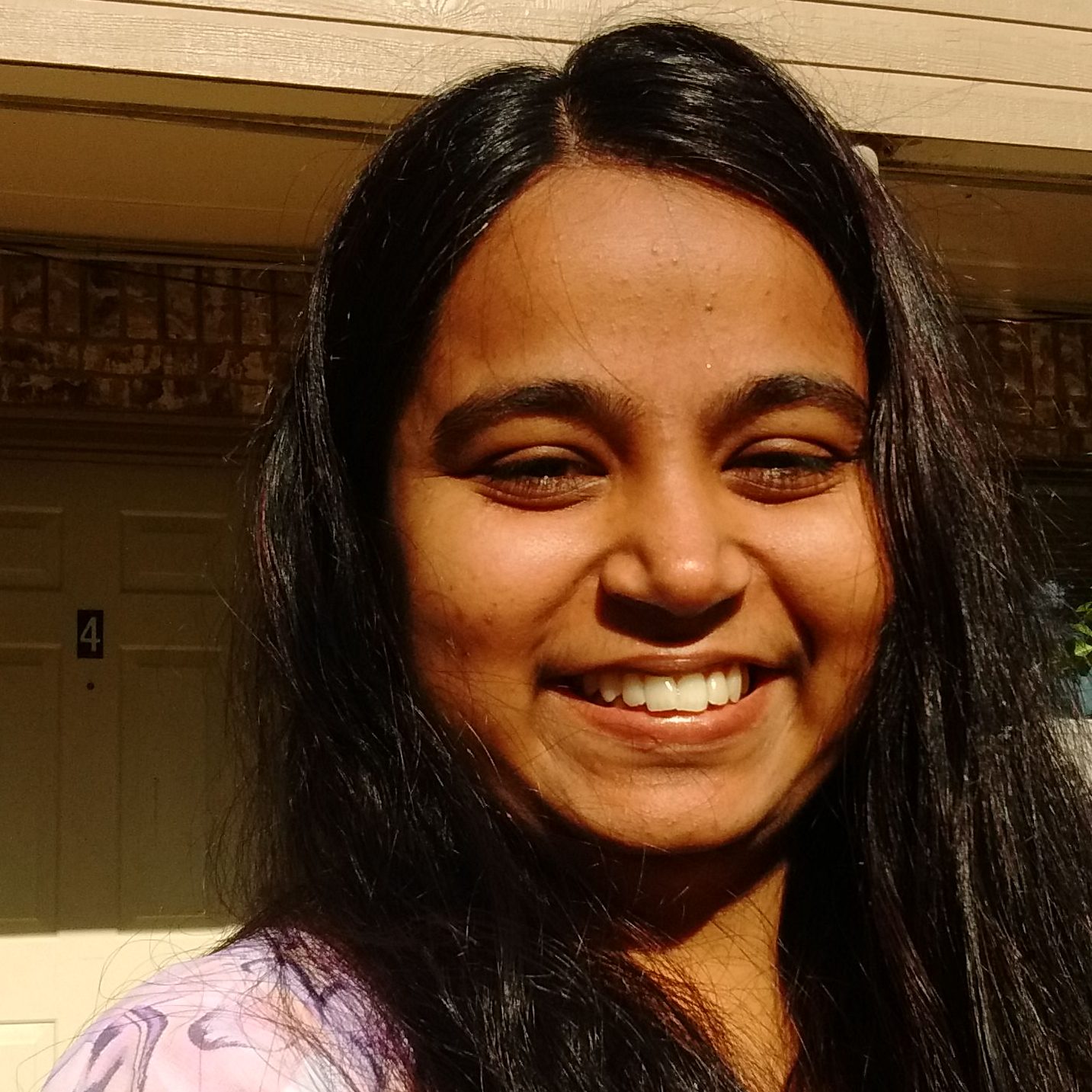The loss of a child, no matter the age, is devastating – not only to the family, but also the community. Imagine hearing that a child isn’t lost, but was sold for a meagre sum to alleviate the family’s poverty. That is what people involved in child trafficking do – take advantage of a family’s poverty or debts and trick the family into selling their child. The family is shown false dreams of employment. The reality is that the child never sees his or her family ever again, and is mostly sold for child labour, begging, or sexual exploitation.
India, a dubious reputation
According to a report by the U.S. Department of State, “India is a source, destination and transit country for men, women and children subjected to forced labour and sex trafficking.” From 2005 onwards, this problem has been escalating and has become of utmost importance. In 2016, the number of women and children trafficked was approximately 20,000 reported cases. This figure has been steadily rising every year. There are too many unreported cases of trafficking due to lack of information, resources, ignorance of legal remedies, and even reporting missing children. The National Crime Records Bureau statistics for children disappearing is one child per eight minutes, which is an alarming number. The states most affected are the high poverty areas of Andhra Pradesh, Bihar, Karnataka, UttarPradesh, Maharashtra, Madhya Pradesh, Rajasthan, Orissa and West Bengal. Thirty eight percent of the nation’s cases of child trafficking have been seen in Assam. The human trafficking nexus in India is internal – that is, the people trafficked belong to the most disadvantaged social strata – Dalits, the poor, the slum dwellers, members of tribal communities, and religious minorities. These groups are the most vulnerable as they get the least support from local law enforcement agencies. Since the trafficking happens from one part of India to another, lack of support from law enforcement personnel, and the lack of reporting of the crime, it’s difficult to get exact figures of the enormity of the crime. In recent times, there has been an upward trend of children from India, Bangladesh and Nepal being trafficked to Middle East countries for sexual exploitation.
Parents of these children are tricked by the traffickers who take advantage of the family’s poverty and ignorance of legal laws into sending or selling their children for better opportunities or jobs. Many families in India have more than one child, with even lesser financial resources to take care of them.
In most cases of trafficking, the traffickers are known to the families of the children, i.e., the traffickers present themselves as local employment agents and lure the families with the promise of higher wages for their children. The families think that the child will now be able to improve the family’s financial condition. Families having many daughters think that selling off the daughters will be a practical solution compared to paying dowries to get them married. The reality is that these children are transported to big cities where they are sold for various nefarious reasons. The types of child trafficking seen in India include involuntary domestic servitude, forced child labour, bonded labour, slavery, illegal organ trade, begging, child soldiers, and children exploited for commercial sex and child pornography. In recent times there has been an upward trend of children from India, Bangladesh and Nepal being trafficked to Middle East countries for sexual exploitation. Another disturbing trend being seen in India is the rise of foreigners who come to India for pedophilia.
The children don’t think of escaping or reporting this exploitation or seek help as they don’t know their rights or laws that protect them. The children are not even aware of local organisations that can help them go back to their families or provide them vocational training to improve their lives. Many children don’t remember their family locations or details of family members, as they were abducted or trafficked at a very young age.
The rescued children who return home after being trafficked often face a lot of problems including shame from their communities, emotional trauma, and have medical and sexual health concerns due to working in dangerous conditions in factories or brothels. Some families may reject these children as their financial burden has again increased. The children need counselling sessions to deal with their trauma about the physical, mental, emotional and sexual abuse from the traffickers or work place; feelings of abandonment, shame and rejection from their families, and loss of identity and self-esteem. The children also need access to educational and vocational services to develop skills to be gainfully employed in the future as adults.
Stopping child trafficking
Children are the future of any country, and if we don’t bring an end to child trafficking, we can’t look forward to a productive future for India. There are many ways in which we can help children who have been trafficked. Social media, if used properly, can be a powerful tool to bring awareness about child trafficking and help rehabilitate children. Students, youth and adults can work together to bring an end to this menace to Indian society. Some suggestions to reduce and ultimately end trafficking are:
• Shops and businesses can display stickers and posters displaying that they are against child labour and that they don’t employ children less than 18 years of age.
• Avoid and report businesses and shops that don’t display “Against Child Labour” stickers.
• Be aware of your surroundings – Cooperative Housing Societies (CHS), residential areas, businesses/offices, canteens and other places where there could be child labourers.
• Talk to family or friends who employ children less than 18 years of age about child labour being illegal and punishable by law. Report the family if the family refuses to release the child.
• Talk to the Chairman and Secretaries of CHS of laws to protect children and laws against child labour.
• Research and make a list of local agencies working to protect and rehabilitate rescued trafficked children. These agencies provide educational and vocational training to improve the children’s future, and give them a new lease of life.
• If you see a child working as a child labourer, the child can be made aware of the laws and directed to seek help from the agencies.
• Use social media to create awareness campaigns. and educate people of the rights of children and laws to protect children.


 [/column]
[/column]